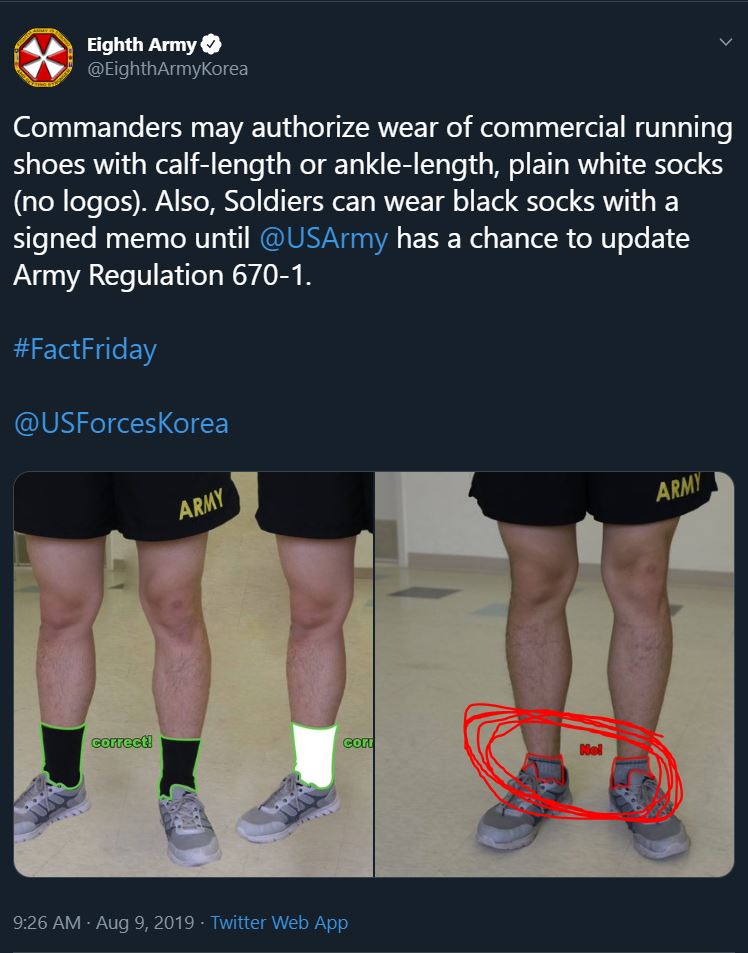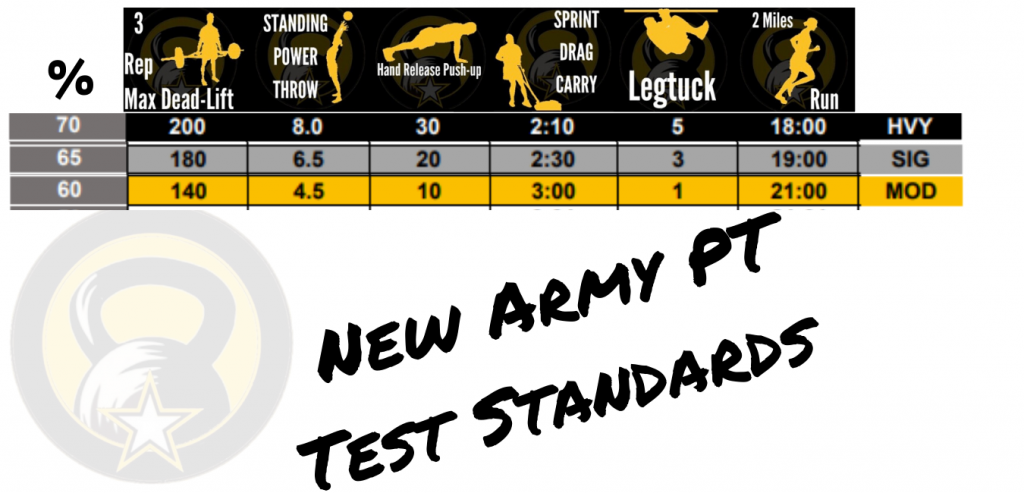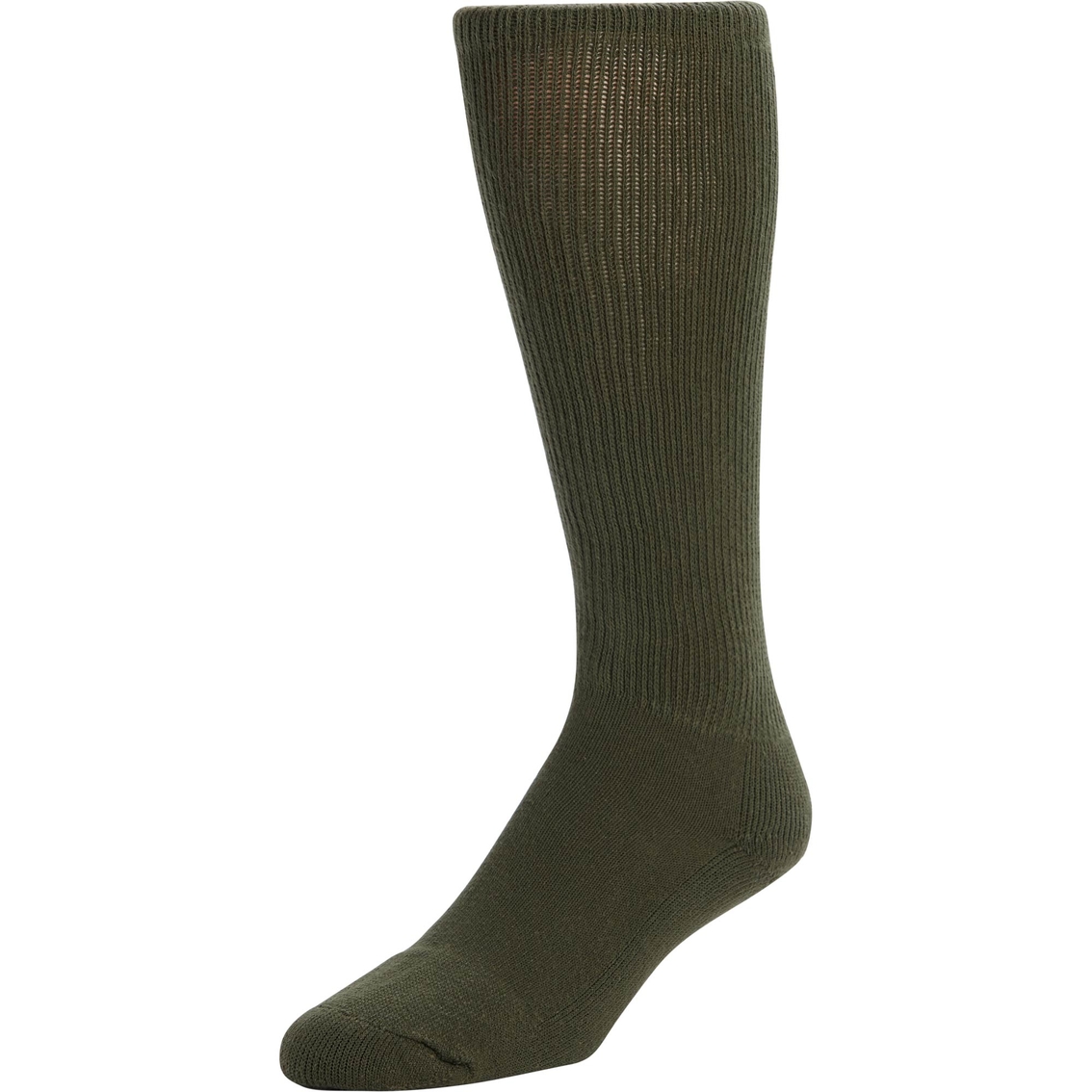Army Pt Sock Regulation : What it is
Army Pt Sock Regulation: What it is
When it comes to physical training in the Army, every detail matters, including the socks you wear. Army Pt sock regulation ensures that soldiers have the right socks to provide comfort, support, and prevent injuries during their physical training activities. In this article, we will explore the regulations regarding Army Pt socks, their importance, and answer some frequently asked questions about them.
1. Choosing the Right Army Pt Socks

When selecting Army Pt socks, it is essential to choose those that meet the regulations set by the Army. These socks are specifically designed to provide optimal comfort, moisture-wicking properties, and prevent blisters or foot injuries during intense physical activities.
The socks should be made of a combination of materials such as nylon, polyester, and spandex to ensure breathability, durability, and elasticity. The materials should also offer moisture-wicking features, pulling sweat away from the skin to keep the feet dry and reduce the risk of chafing and blisters.
Army regulations require that the socks be calf-length and come in either black or white. They should fit snugly without being too tight or too loose, providing the right amount of support for the foot and ankle.
2. Benefits of Wearing Regulation Army Pt Socks
Wearing regulation Army Pt socks offers numerous benefits, enhancing the overall comfort and performance of soldiers during physical training sessions. Here are some of the advantages:
a. Comfort and Support
The socks' design and material composition provide optimal cushioning, arch support, and padding in the areas that experience the highest impact during physical activities. This ensures that soldiers can train for extended periods without discomfort or foot fatigue.
b. Moisture Control
Regulation Army Pt socks are designed to keep the feet dry by efficiently wicking moisture away from the skin. This helps prevent the development of blisters, fungal infections, and other foot problems caused by prolonged exposure to moisture.
c. Injury Prevention
The combination of proper cushioning, support, and moisture control provided by the socks significantly reduces the risk of foot injuries, such as sprains or strains, during physical training activities. This allows soldiers to focus on their training without the fear of getting sidelined by preventable injuries.

3. Temperature Considerations in Army Pt Sock Regulations
In addition to the standard regulations, Army Pt socks also address temperature considerations. The Army recognizes that soldiers often train in various weather conditions, and it is crucial to have appropriate socks that provide thermal comfort.
During colder months, moisture-wicking properties are equally important as they help prevent sweat from cooling and making the feet feel cold. Army Pt socks made from materials that provide insulation while still allowing breathability are recommended for training in colder temperatures.
Conversely, during hot weather, socks with excellent ventilation and moisture-wicking capabilities are essential for temperature regulation and reducing the risk of overheating.
FAQs about Army Pt Sock Regulation
Q: Can I wear any type of socks during Army Pt training?
A: No, the Army has specific regulations regarding the type and length of socks for physical training. Failure to comply with these regulations can result in disciplinary actions.
Q: Are there specific brands of socks approved by the Army?
A: The Army does not endorse or approve specific brands of socks. However, they do provide guidelines regarding the materials, length, and colors that socks should meet.
Q: Can I wear ankle socks during Army Pt training?
A: No, according to Army regulations, socks worn during physical training should be calf-length, ensuring adequate coverage and support for the foot and ankle.
Army Pt sock regulation is crucial to ensure the well-being and performance of soldiers during physical training activities. By wearing the right socks, soldiers can focus on their training without discomfort or the risk of preventable foot injuries. Remember to always follow Army regulations when selecting your Army Pt socks, and stay prepared for any weather conditions you may encounter during your training.
These regulations may seem small in the grand scheme of things, but in the Army, every detail matters, and that includes the socks we wear!
Army Pt Uniform Regulation Socks
 Image Source : regulationlatest.blogspot.com
Image Source : regulationlatest.blogspot.com regulation socks eighth tweeted
Pt Regulation Army - Army Military
 Image Source : armymilitary.net
Image Source : armymilitary.net ⚡ New Army Pt Uniform Regulation. Air Force Uniform Regulations For
 Image Source : webapi.bu.edu
Image Source : webapi.bu.edu Army Pt Uniform Regulation Temperature Guide - Army Military
 Image Source : armymilitary.net
Image Source : armymilitary.net Pt Uniform Army Chart - Army Military
 Image Source : armymilitary.net
Image Source : armymilitary.net Army Approves Black Socks With PT Uniforms
/arc-anglerfish-arc2-prod-mco.s3.amazonaws.com/public/P2XQXNCFJZFFXK5VTJMF42SFUE.jpg) Image Source : www.armytimes.com
Image Source : www.armytimes.com army socks pt uniforms uniform physical fitness corps marine order approves credit
SMA Pushes For Black Socks, Headphones With PT Uniform
socks pt army uniform pushes headphones sma regulation soldiers ok sa wear many want they
Army Pt Uniform Regulation Socks
 Image Source : regulationlatest.blogspot.com
Image Source : regulationlatest.blogspot.com regulation
Socks pt army uniform pushes headphones sma regulation soldiers ok sa wear many want they. Pt regulation army. Army socks pt uniforms uniform physical fitness corps marine order approves credit. Army pt uniform regulation socks. ⚡ new army pt uniform regulation. air force uniform regulations for